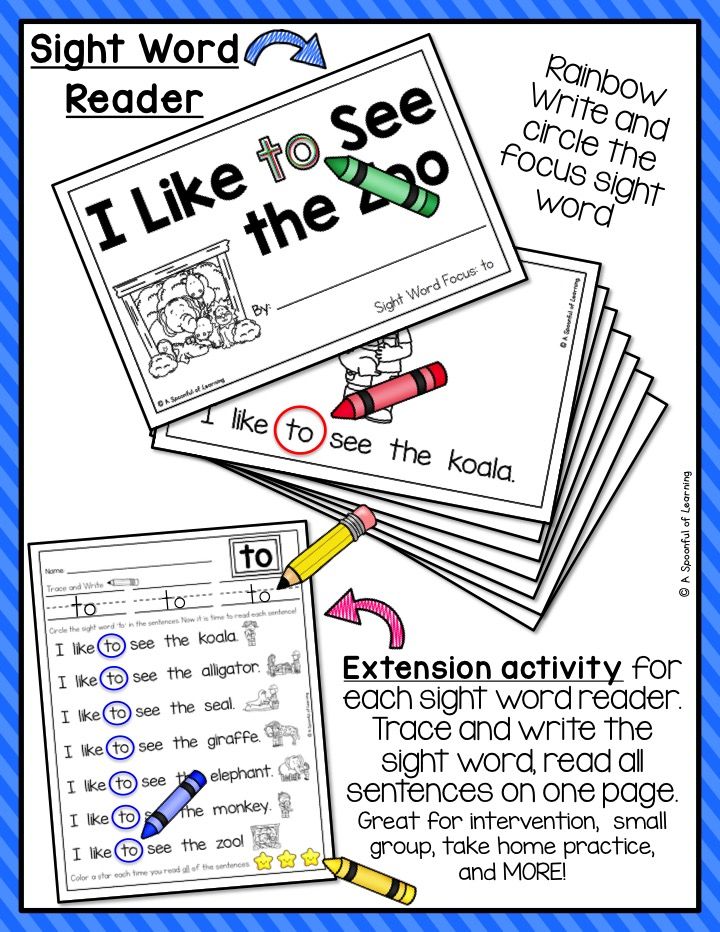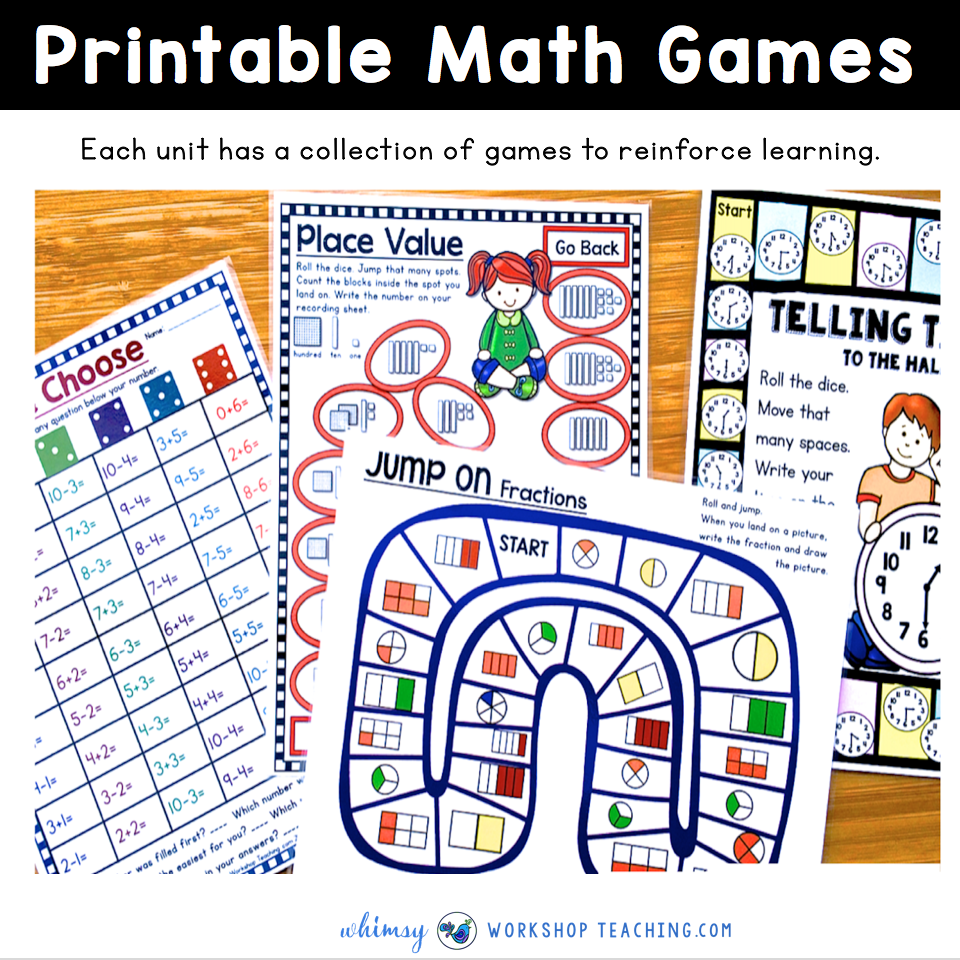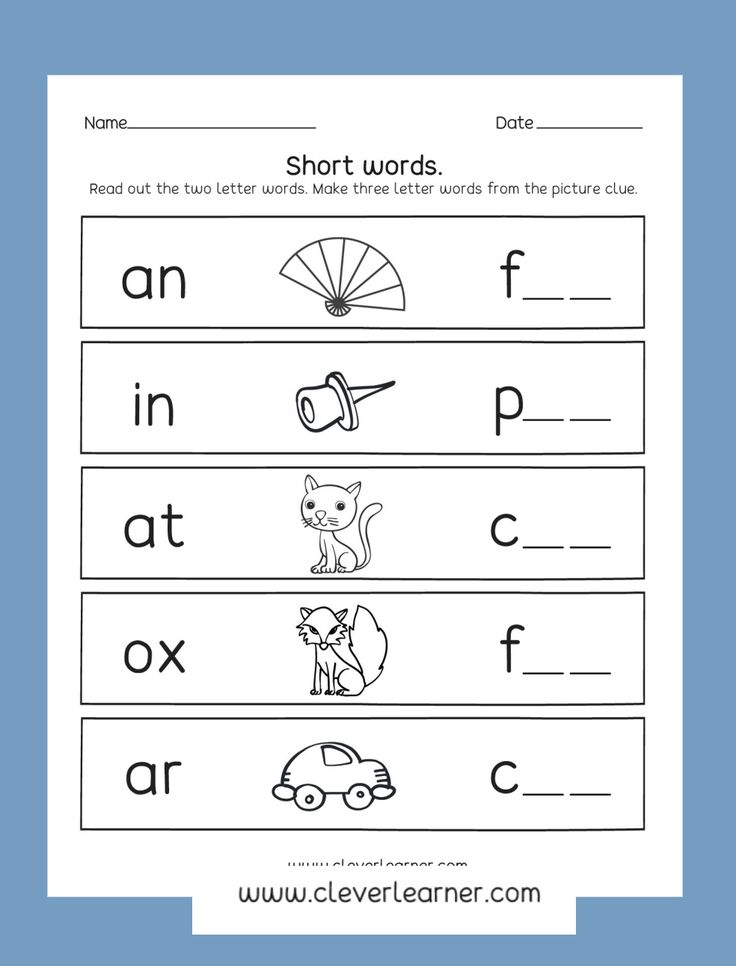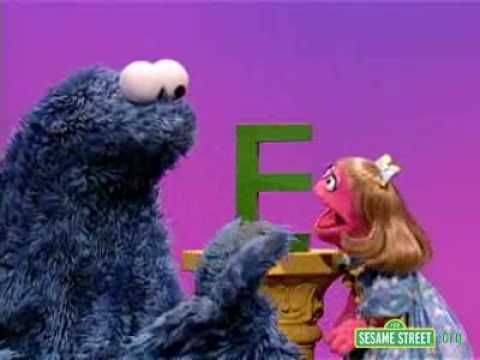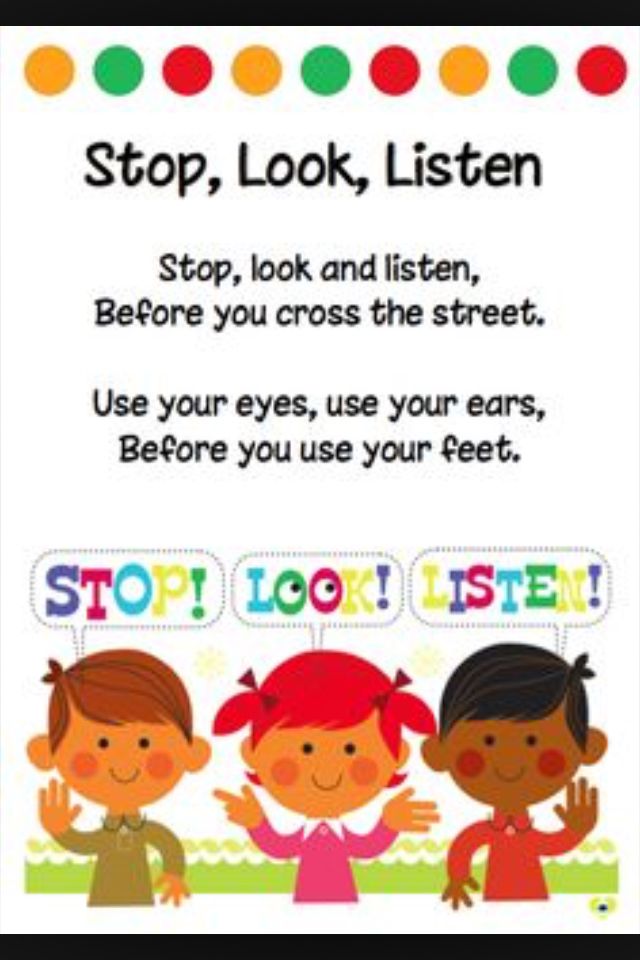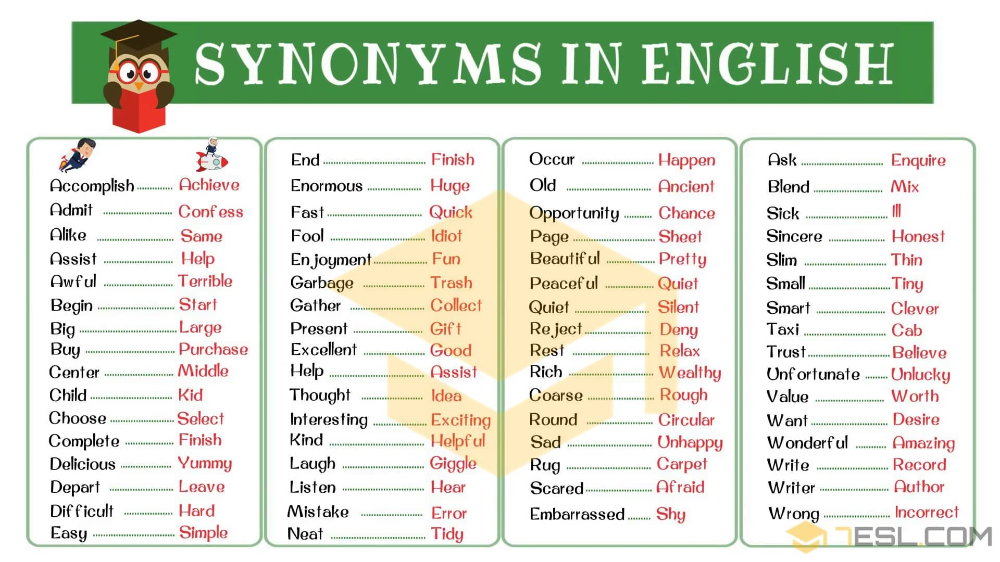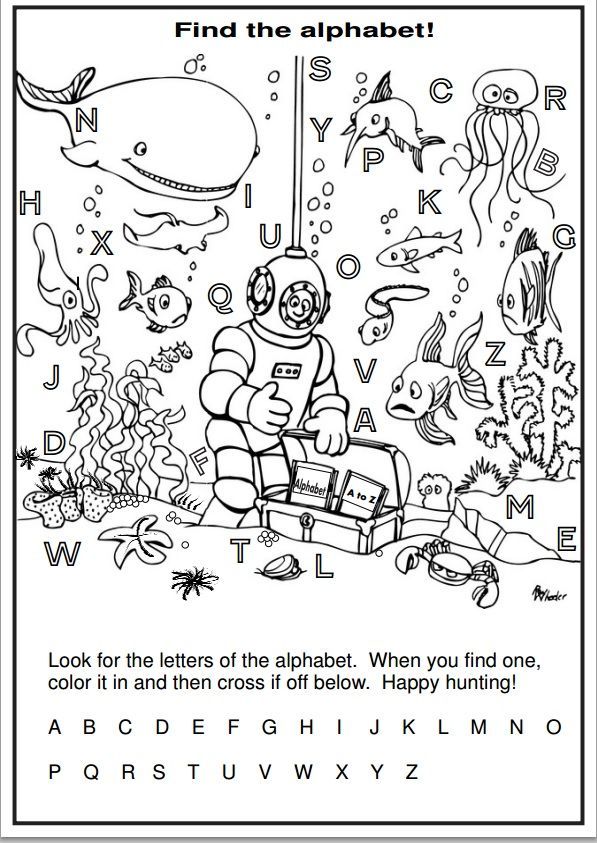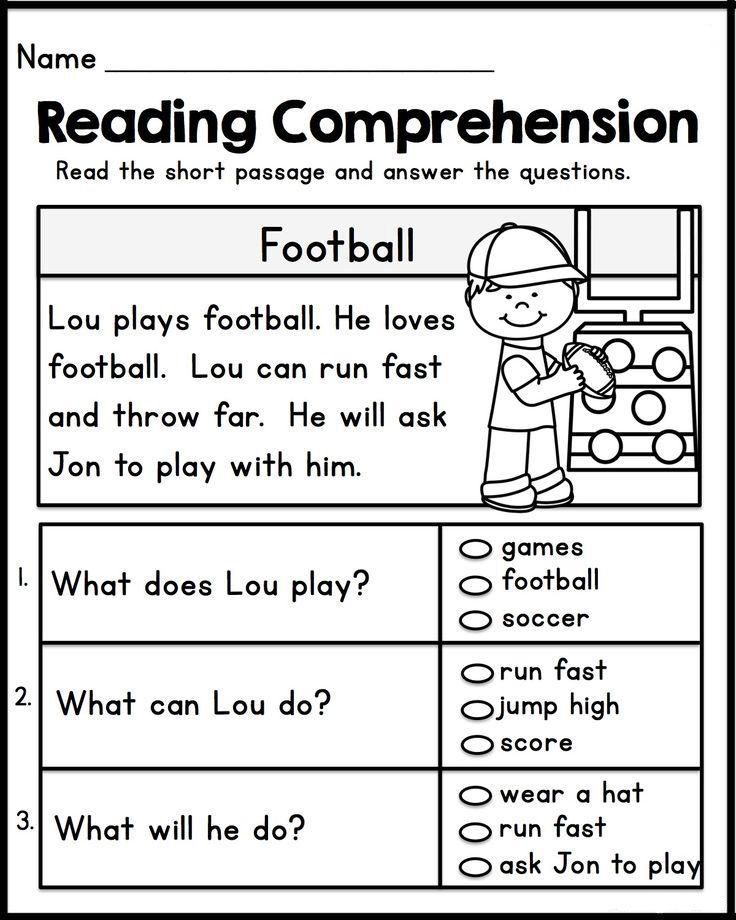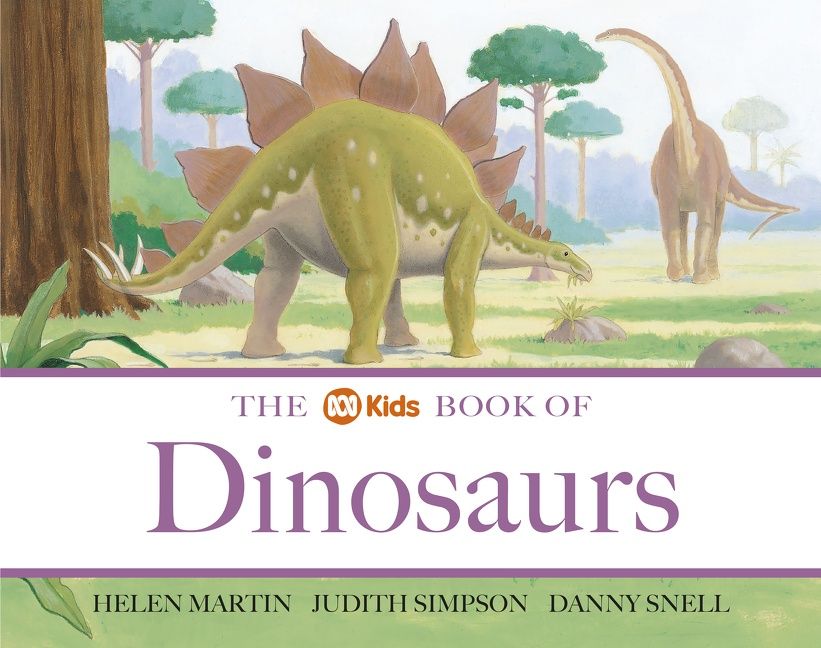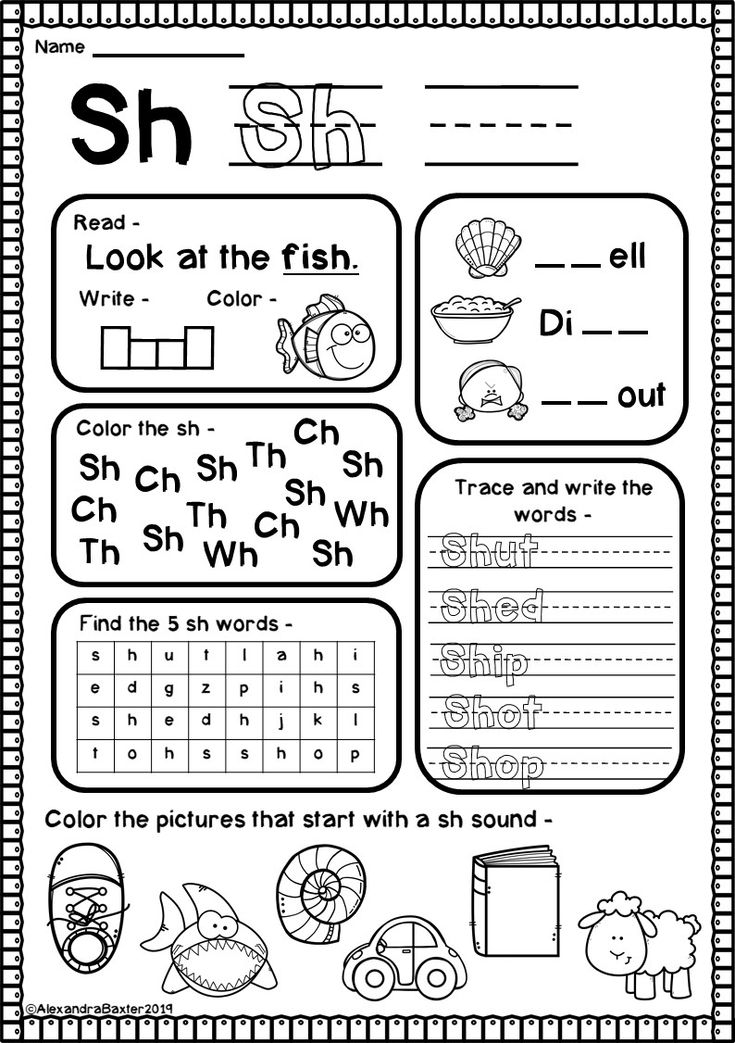Sight words for early readers
Top 100 Sight Words and How to Teach Them
Sight words is a common term in reading that has a variety of meanings. When it is applied to early reading instruction, it typically refers to the set of about 100 words that keeps reappearing on almost any page of text. “Who, the, he, were, does, their, me, be” are a few examples.
In addition to their being very frequent, many of these words cannot be “sounded out.” Children are expected to learn them by sight (that is, by looking at them and recognizing them, without any attempt to sound them out.)
Unfortunately, this means minimal teaching. Often, little is done other than to show the word and tell the child what it is “saying.” For many children, this is not enough, with the result that their reading of these critical words is laden with error.
What does this mean for parents who are helping their children master reading? Basically it means spending some time in truly teaching these words so that your child gains real mastery of them. The key to achieving this goal is accurate writing (spelling)—via memory. That is, the child writes the word when the model is not in view.
You can do this by creating simple sentences that the child reads. (By using sentences, you will automatically be using many “sight words.” In addition, you will be giving your child the opportunity to deal with words in context—a key to meaningful reading) After showing the sentence and having your child read it, turn it over and then dictate the sentence. If there is an error, you immediately stop your child and take away the paper. Then you show the model again and repeat the process. In other words, the writing of the sentence has to be fully accurate, starting with the first word.
If you want a list of those words to help guide your efforts, here is the top 100 according to the American Heritage Word Frequency Book by John B. Carroll.
A: a, an, at, are, as, at, and, all, about, after
B: be, by, but, been
C: can, could, called
D: did, down, do
E: each
F: from, first, find, for
H: he, his, had, how, has, her, have, him
I: in, I, if, into, is, it, its
J: just
K: know
L: like, long, little
M: my, made, may, make, more, many, most,
N: not, no, now
O: or, one, of, out, other, over, only, on
P: people
S: said, she, some, so, see
T: the, to, they, this, there, them, then, these, two, time, than, that, their
U: up, use
V: very
W: was, with, what, were, when, we, which, will, would, words, where, water, who, way
Y: you, your
Click here to download our Recommended Top 100 Sight Words.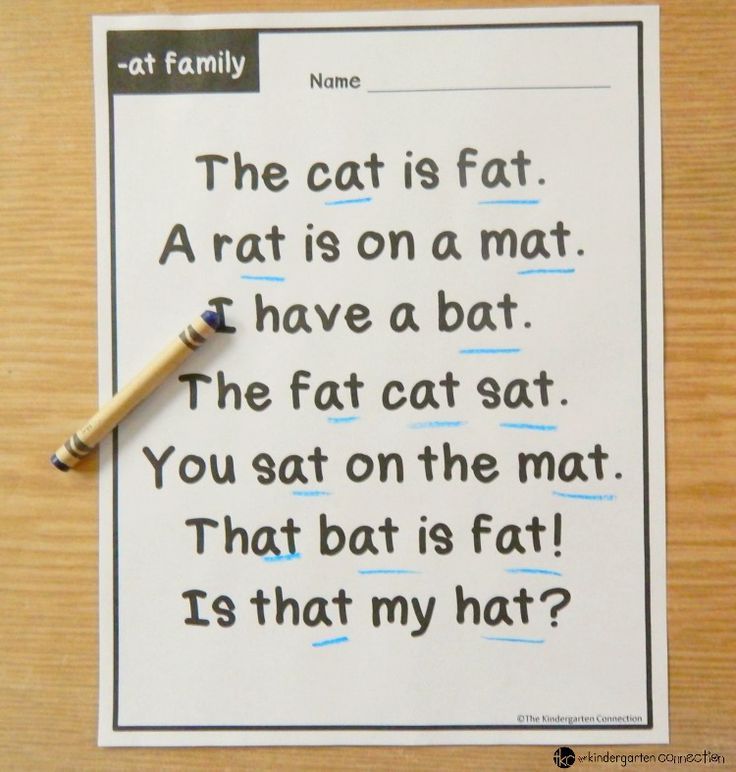
Literacy and reading expert, Dr. Marion Blank
Dr. Marion Blank is answering your questions about reading and learning. If you have a question for Dr. Marion, visit the Reading Kingdom Facebook Page and let us know how we can help.
If you think the Reading Kingdom program can help your children learn to read, enjoy a free, 30-day trial here.
The Perfect Sight Word List For Beginner Readers.
Children in their first years at school, who learn the sight word list below, will have an excellent start to reading and writing.
Initially this process takes time, often months. That's why teachers introduce lists like this to children, gradually, when they first start school. But it doesn't hurt them to recognise a few words before then, if they are ready to learn them.
Sight Word List
The list of sight words below is broken into groups. Each group consists of 10 words.
There are several lists available for teachers to use.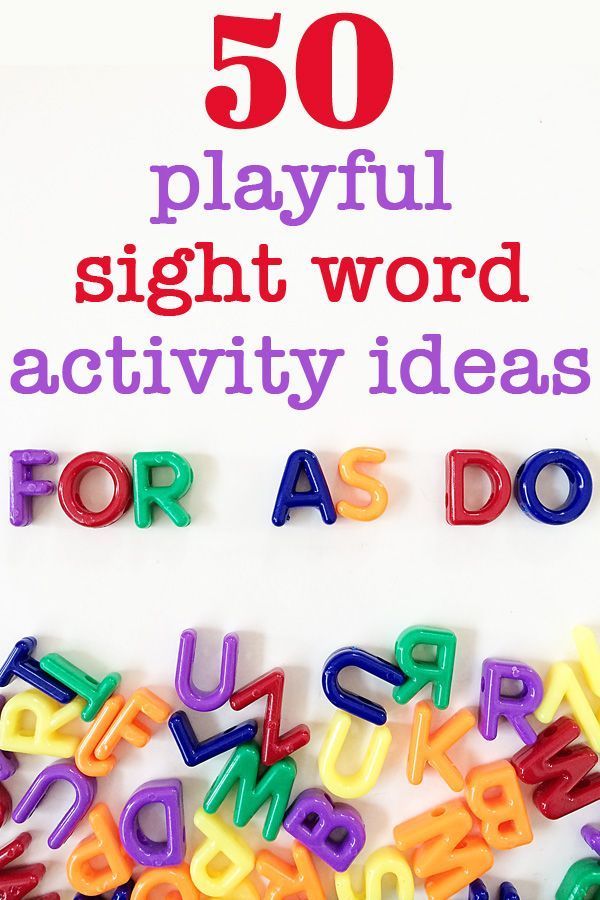 But they are virtually identical as they are composed of words children most frequently use.
But they are virtually identical as they are composed of words children most frequently use.
The list below covers 80 of the first sight words your child will need to know.
The trick is to ensure your child recognises the words in one group before starting another. But as I mentioned before, this doesn't happen immediately. So don't feel you need to put pressure on your child or you'll switch off their desire to learn. If you're helping them at home, keep it light.
At the end of this article I will explain how you can gently introduce some of these words to your child so they learn them without pressure.
Don't be concerned if your child finds the list below too difficult at this stage. They may only manage the first group of words. Or they may not be ready for them at all. If that's the case, wait for their teacher to guide you.
|
|
|
|
More About Sight Words
Your child needs to learn these word by sight rather than decode them.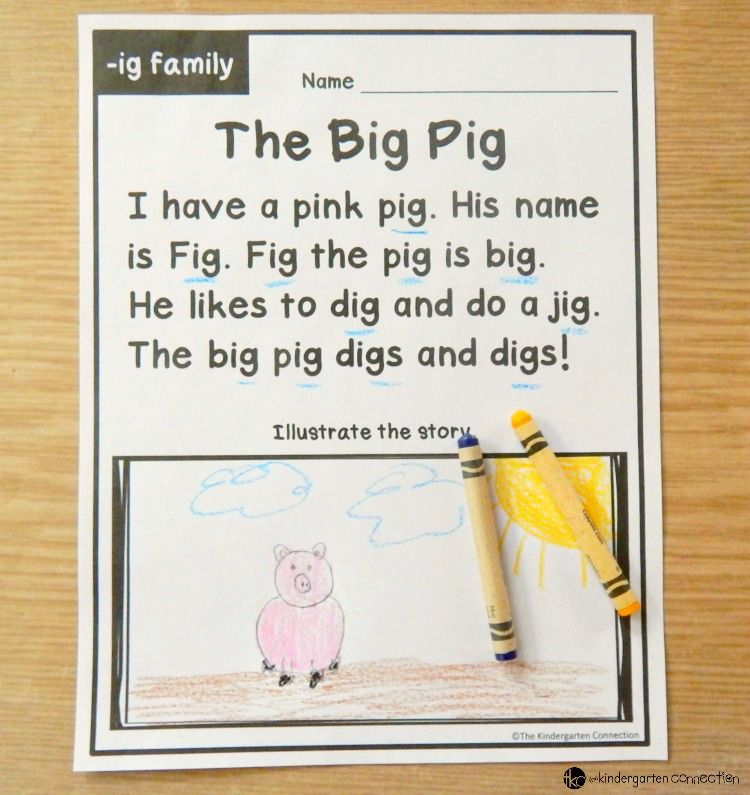 That means they may need to see them many, many times in order to memorise them.
That means they may need to see them many, many times in order to memorise them.
You may be asking yourself about now
- what exactly is a sight word?
- why are they so important in reading?
- how do you know what is a sight word and when do you sound out a word?
If you want to know more, click on my article What Are Sight Words? There you'll get answers you need. At the same time you'll see how it's affected an adult student of mine who hasn't ever known them!
Introducing Them To Your Child
Here's a great way to introduce sight words.
- Print off two copies of the sight word list.
- Cut two copies of the group One words starting the word 'I'.
- Cut each of the words individually.
- Place one set of the words in front of your child. You keep the other.
- Hold up one of the words
- Read it to your child and ask them to find the matching word. (They will study the shape of the letters and hear the word associated with them.
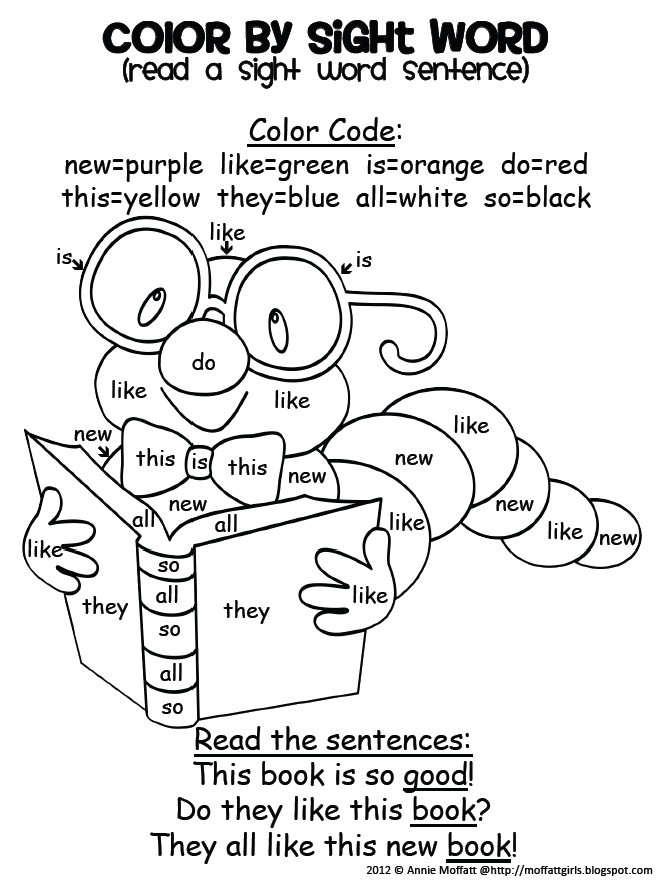 )
) - When they find the matching word, repeat the word. Say: "Yes, that word says ...... Can you tell me what the word says?" (This reinforces and matches in their brain the visual appearance of the word with how the word sounds.)
Play this game often and you'll find your child will become increasingly comfortable with these words. Gradually they will memorise them. They will then build up an invaluable bank of everyday words for reading and writing.
If you are struggling to engage your child, click on my phonics games page. There you'll find out how important it is to make learning fun. Plus great activities you can do at home to breathe life into learning literacy skills.
Go From Sight Word List To Literacy Lessons
Go To Phonics Literacy Homepage
How to start a book: a guide for authors
a guide for authors
How to start a book:
How to start writing a book to hook the reader from the first lines
exciting question.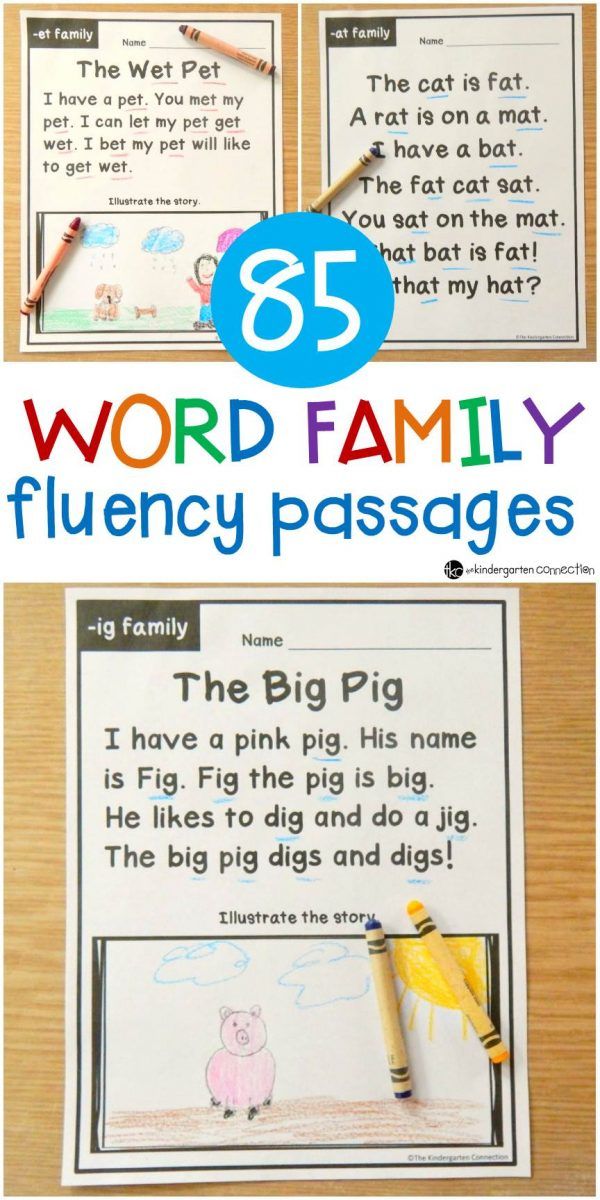 So much so that some completely abandon the idea of writing: is too scary to take the first step.
So much so that some completely abandon the idea of writing: is too scary to take the first step.
But a good start is half done . This statement, which has been working properly for almost 2500 years, belongs to Plato. The very one whose works have been translated into many dead and living languages and are still quoted even by those who never suspected of his existence.
We do not know whether Plato had a fear of a blank sheet, and how he actually created. But since a good start is just as important as it was thousands of years ago, we've put together a short guide of life hacks for young writers. It will not only explain how to start writing a book correctly, but also make the creative process more comfortable. And how other authors begin their works, we told here.
How to start a book the right way
If your inner voice tells you to “start over” in response to this question, you can safely tell him to be quiet. The good news is that the book is not a school essay, where everything is strictly lined up. You can start work from the end or the middle, or even completely mixed. The main thing is to be the first to create those scenes that appear brighter and more detailed than others , and only after that move on to the bridges that link the plot together. This will help not only overcome the fear of a blank sheet, but also make the work as lively as possible: those scenes that you imagine better than others will set the tone for the entire book.
The good news is that the book is not a school essay, where everything is strictly lined up. You can start work from the end or the middle, or even completely mixed. The main thing is to be the first to create those scenes that appear brighter and more detailed than others , and only after that move on to the bridges that link the plot together. This will help not only overcome the fear of a blank sheet, but also make the work as lively as possible: those scenes that you imagine better than others will set the tone for the entire book.
The creation of the very, very beginning of the whole story, the first lines of the book, in general, should be postponed until the stage when the whole work is almost ready. The plot lines are clear, the style is worked out, the characters are written out in detail - it remains only to come up with hook , which the curious reader will fall for after reading the first lines.
-
Life hack #1 - start writing the beginning of the book last.
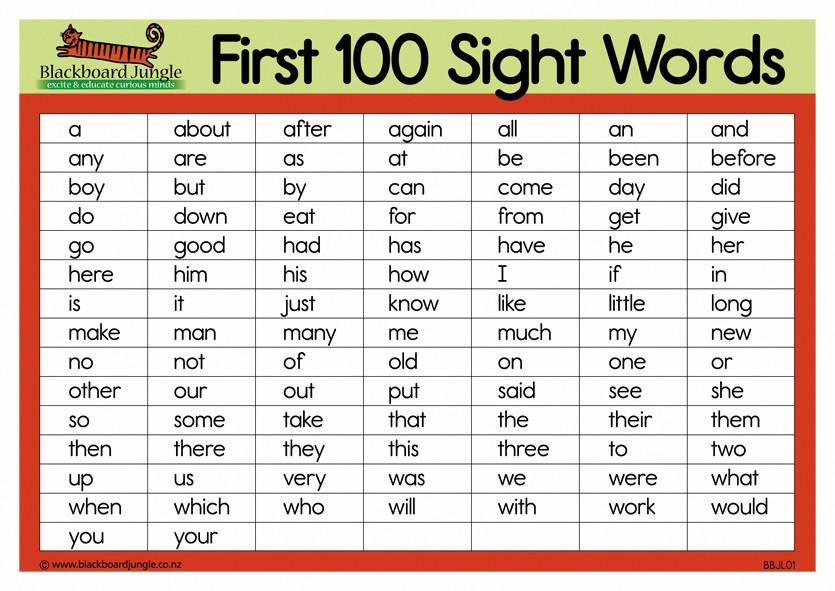
What a good start should be
Regardless of genre or style of presentation, all popular books are equal in one thing: they allow readers to leave the ordinary world and immerse themselves in new experiences from the first lines. Successful writers know that people are accustomed to empathize only with acquaintances or those who are in similar circumstances to them.
Therefore, the hero must be presented from the very beginning, and also immediately outline the events that will lead to changes in the character. Also important not reveal all the cards at once , give the reader a good suspense. The trick is exactly how to do it.
-
Life hack No. 2 - write so that the reader immediately understands who the hero is, what happened to him and what consequences this may lead to.
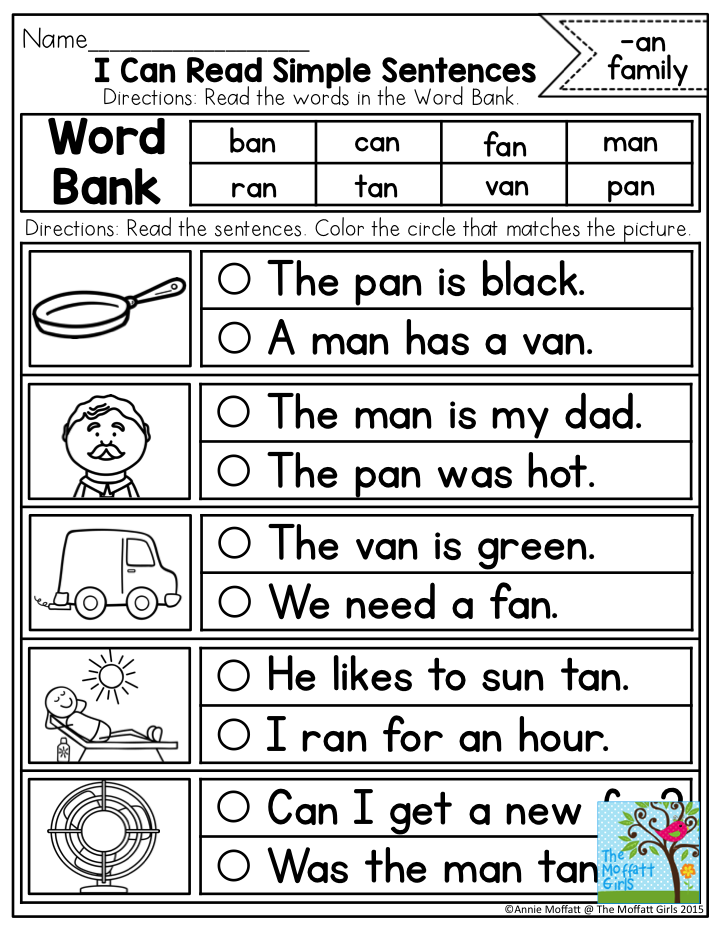
Choosing the first phrase for the book
So, you decide what to write about at the very beginning. Now it is important to understand how to grab the reader's attention in just a split second. Three simple tips will help:
-
Example:
Waking up one morning after a restless sleep, Gregor Samsa found that he had turned into a terrible insect in his bed. (F. Kafka "Transformation")
-
Example:
In my youth, when I perceived the world around me more attentively and listened to the opinions of other people, my father gave me advice, which I turned to again and again throughout his life. “If you ever want to criticize someone,” he said, “remember that not all people in the world have the advantages that are bestowed on you.” (F.S. Fitzgerald "The Great Gatsby")
-
Example:
Far, far away, in the folds of the long-outdated Western Spiral Arm of the Galaxy, not noticed by cartographers, a tiny, uninteresting yellow star was lost.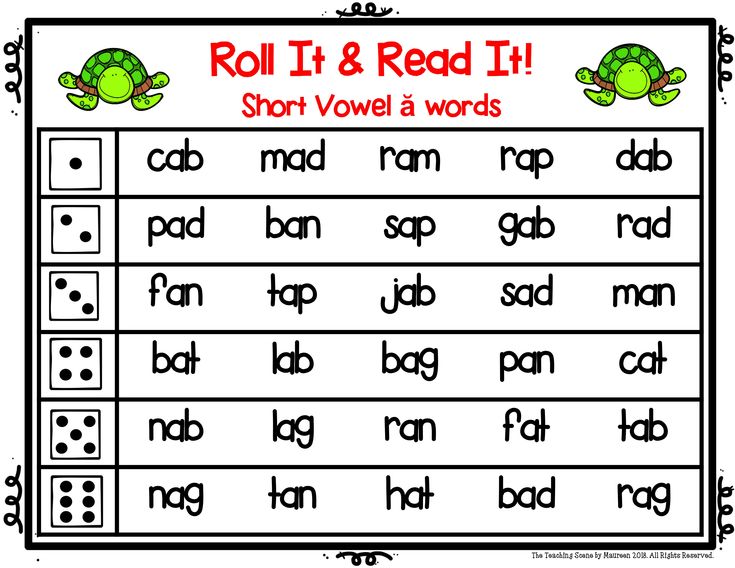 Around it, about ninety-eight million miles away, orbits a tiny blue-green planet whose inhabitants are still very similar to their ape ancestors - suffice it to say that electronic clocks are still considered among them a marvel of technology. (The Hitchhiker's Guide to the Galaxy by D. Adams)
Around it, about ninety-eight million miles away, orbits a tiny blue-green planet whose inhabitants are still very similar to their ape ancestors - suffice it to say that electronic clocks are still considered among them a marvel of technology. (The Hitchhiker's Guide to the Galaxy by D. Adams)
-
Life hack No. 3 - after writing the first phrases of the beginning of the book, check whether it contains intrigue, dynamics and logic.
Do I need a prologue in a book
The prologue is the introductory part of a work of fiction, which, together with the epilogue (final part), encloses the plot of the book in a frame, like a picture. In the prologue, the author tells about events from the past of the characters or discusses topics that concern him.
The main task of the prologue is to prepare the reader for the main events. It is needed in three cases:
In books where the focus is initially on the drive, the prologue and epilogue are usually not used, striving to go straight to the point from the first lines.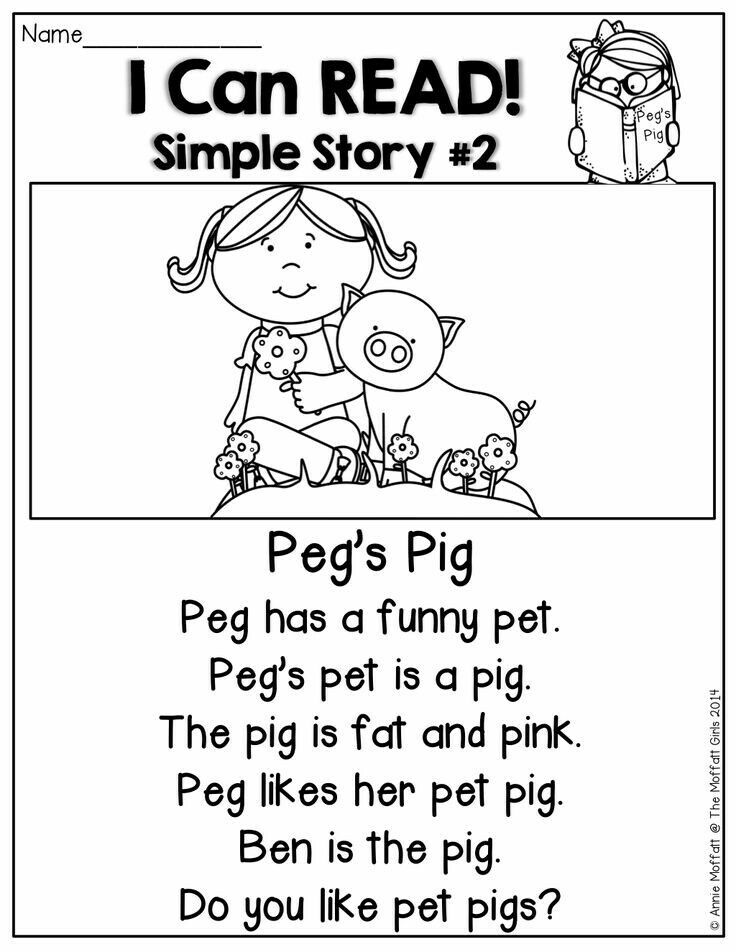
-
Lifehack #40040
How not to start a book
Sometimes the secret to writing a good book start is to figure out how not to write0. Some works sin by trying to teach the reader, although no one asked for it, others are stuffed with clichés and boring to the teeth gnashing, or they are so ornate that meaning is lost behind beautiful words.
But it happens that the writer’s style seems to be fresh and light, and reading is as difficult as “riding a three-legged goat through the Amazon jungle, shooting at alien zombies from a Maxim machine gun with silver bullets.” Perhaps the author thought about what words to start with, but was too clever with 's intrigues and dramas, or wished to squeeze into the first lines everything that he composed about his new wonderful world.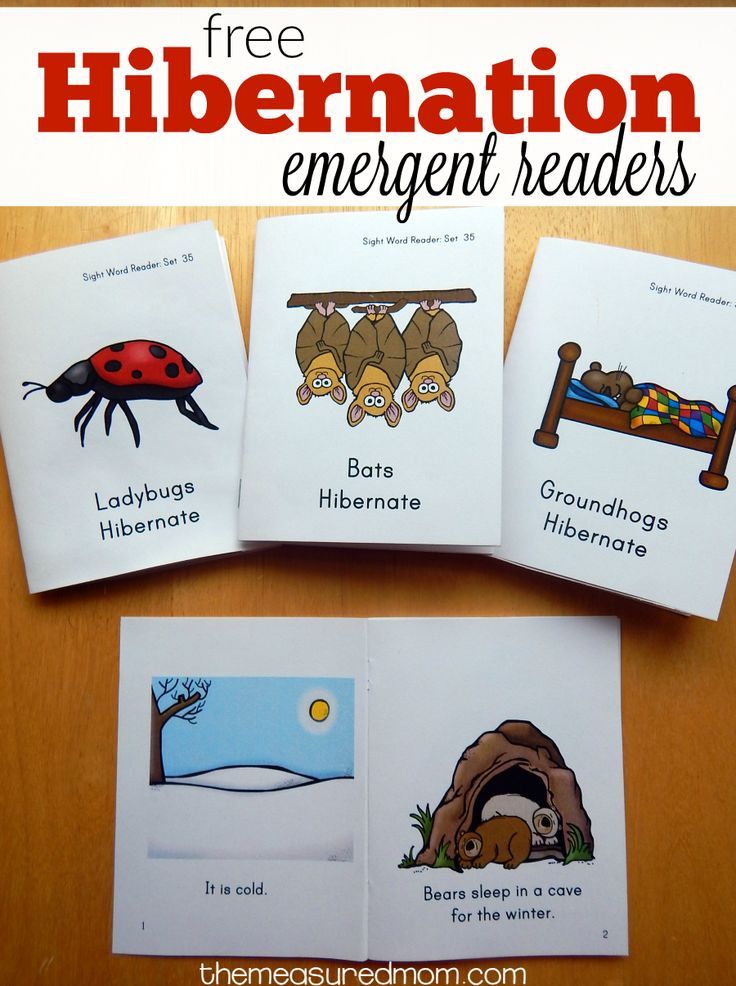
Therefore, there are several simple ways to avoid a bad beginning of the book, if everything is in order with the style: surely will throw this chaos. Besides, what will the rest of the book be about if you tell everything at the very beginning?
After all, the task of the first lines of the book is to introduce the reader to the characters, to evoke empathy. But if the hero remains a mysterious stranger, what happened to him is a secret, and the outcome of the whole story is a terrible secret, then the reader will hardly be able to empathize with this “something”.
If you pass off banal events as something special, people will stop believing you. Fast and forever.
-
Life Hack No. 5 - don't overdo it with facts and events at the very beginning and be honest with the reader you invited into
We have provided you with tips: it's time to take a step towards your new book.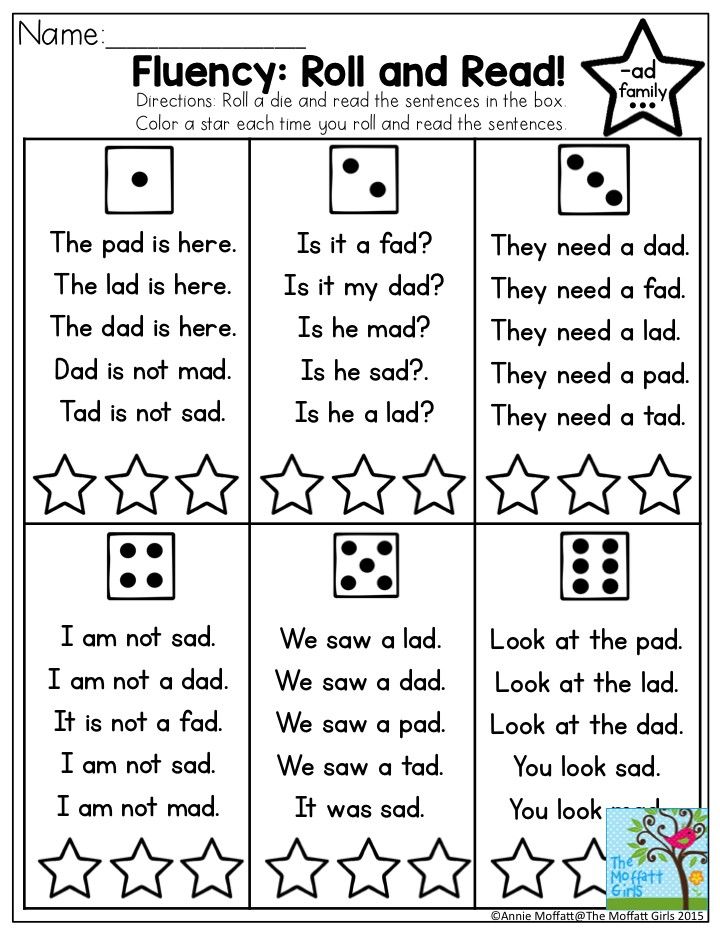
| Publish your book |
Was this article helpful to you?
How to come up with a title for a book: tips and tricks
What pisses off an editor the most
Post ideas for a group of authors on social networks
Where can I find illustrations for my book?
Writing a book: Mistakes of the first chapters
4.8
(8)
The beginning - in a story, story or novel - is a very important part. It is by reading the beginning of the story that we understand whether it will interest us or not, whether we want to know what will happen next, or if we skim through the text and, bored, close the book.
The function of the beginning is to hook the reader, intrigue, make them turn page after page, learning the story, getting to know the characters and discovering a new world. And it is very important for the author to make the beginning of the story interesting and memorable.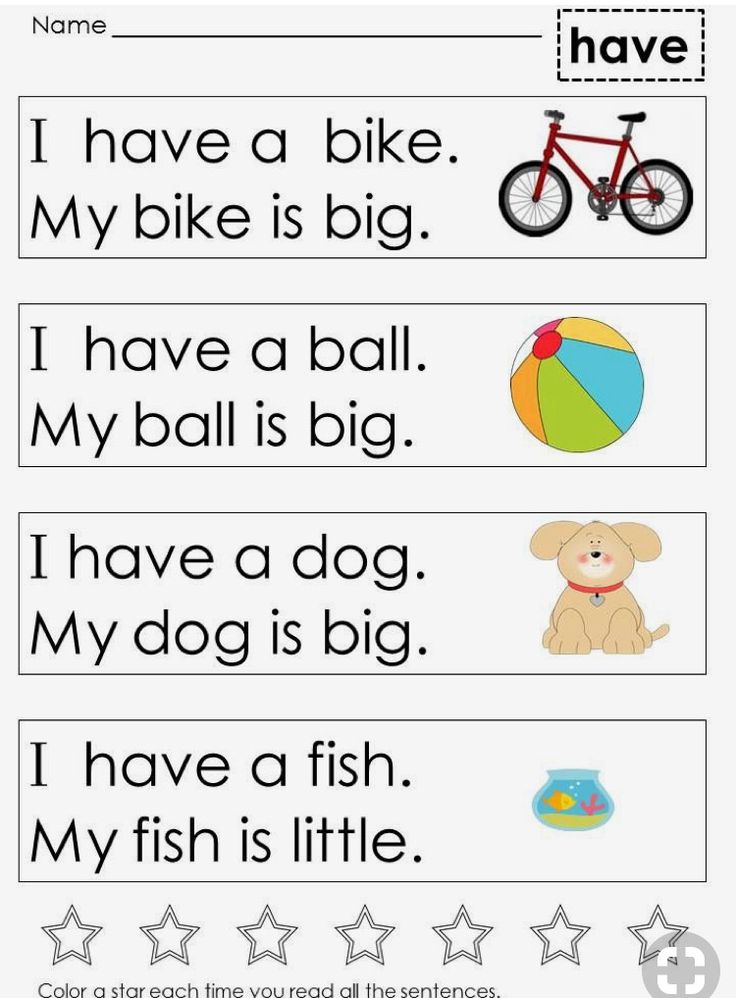 And do not break firewood out of ignorance, avoiding gross mistakes.
And do not break firewood out of ignorance, avoiding gross mistakes.
What mistakes are hidden in the first chapters of novice authors?
The most common mistake is bad text, so-called tongue-tied language and stylistic flaws. But we'll fix it. Almost everything that is understandable begins to write badly. Any author needs to "sign" - get used to expressing thoughts in writing, feel the word and enter the working mode. But, again, this is fixable.
When the draft is completed, the initial chapters are proofread, edited and partly rewritten, trimmed or added to - in other words, "combed".
However, if you don't want to rewrite the whole beginning - several chapters entirely - then pay attention to the information that you present. It is in the presentation - the presentation of information - that the most unpleasant mistakes lie.
The main mistakes of the initial chapters
1. Overabundance of data. First of all, it concerns such genres as fantasy and science fiction.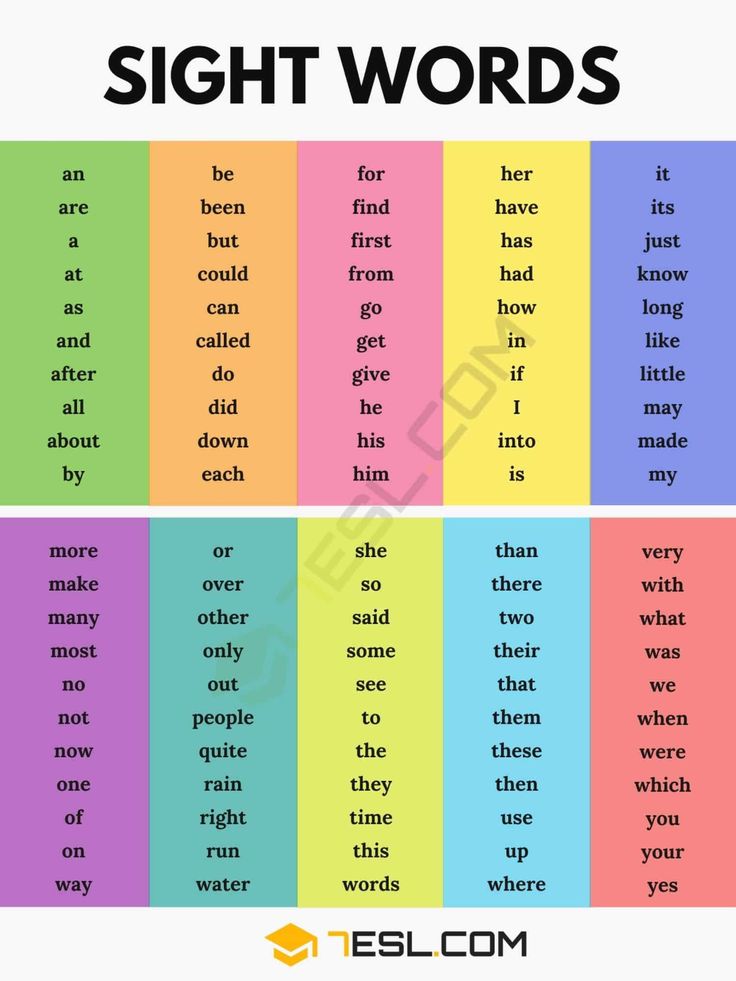
A new history is a new world, and novice authors often try to cram everything they can think of into the first two or three chapters: geography, history, economic ties, political intrigues, and biographies of heroes. And the reader is lost - where did he end up, why does he need knowledge about the eight continents of the fantasy world in the second paragraph of the first chapter, and even with details about flora and fauna? It seems to the author that in this way the reader will quickly become imbued with the new world, and instead the reader will have a mess in his head, and the world will not be seen or felt at all.
What to do?
Beforehand, break all the information into blocks so that each contains one or two facts from each category - geography, history, biographies of heroes, etc. Sort the blocks in order of importance - what needs to be said first, what - later. And interweave the facts as needed - in blocks, diluting them with dialogues or monologues.
Yes, the reader's brain needs to rest. 🙂 Important block - a block about the beauty of the blue sky, so that the knowledge gained is assimilated.
2. Detailed biography of the main character. There are also long descriptions of the weather, nature and “sheets” of reflections on the difficult fate of the kingdom (which the orcs will again covet, if they are not okay ...).
Put yourself in the place of the reader. Are you interested in reading the twenty-page “I, such and such, was born then and to such and such, and my parents are such and such, and my life is such and such and such”?
I don't think so.
The beginning needs action, drive, spark, activity, preferably motor.
What to do?
If you don't know how else to present the hero, and the action is in the first person, then at least drag him into a mess. And only then, having got out of it, let him sit in the tavern and think about his difficult fate.
Again, blocks. And, quite possibly, the story about the parents can be combined either with a chance meeting, or with the expulsion of the hero from his native land.
The same applies to the difficult fate of the kingdom, and surprisingly good weather. If the action doesn’t work out, the hidden riddle will also come down (yeah, where did the ring of omnipotence go and how was the Dark Lord killed, and were they killed?). And to everyone - to everyone! - the information block needs a narrative lead (what made the hero suddenly remember his 15 years?) and action elements. Again, do not forget to insert "unloading" paragraphs between the facts.
3. Trouble of the protagonist/heroes/world and an overabundance of secrets.
Novice authors like to fill in the fog at the beginning of the story - supposedly in this way the reader will quickly feel the detective atmosphere and the hero will rush forward to solve riddles and complete quests.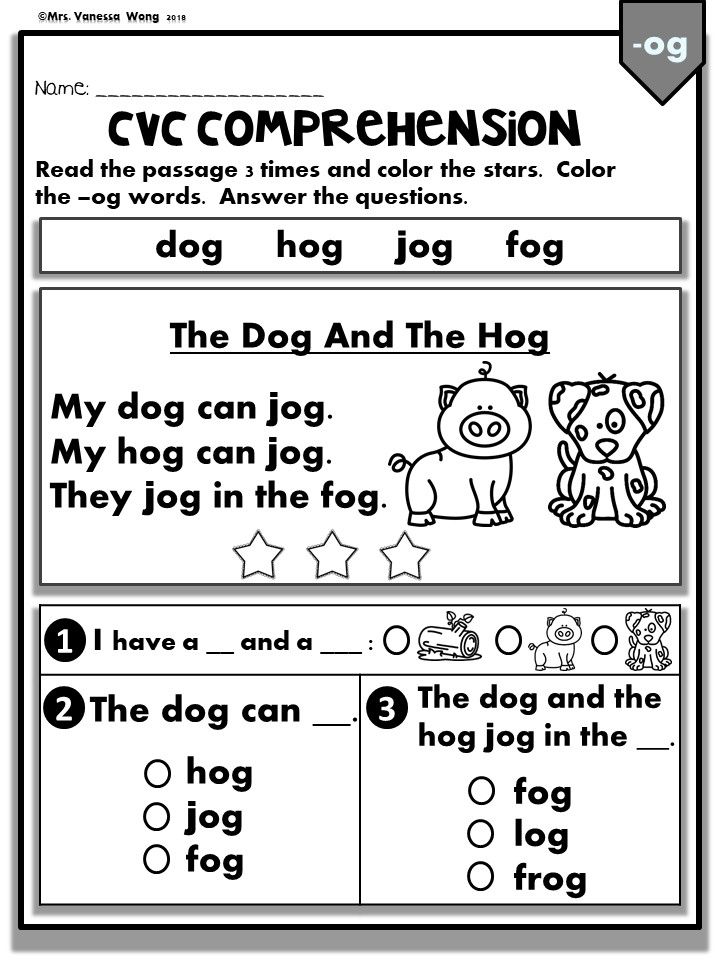 And very often they drag the hero into an unthinkable amount of trouble.
And very often they drag the hero into an unthinkable amount of trouble.
So, just in ten pages of text, the unfortunate one: a) frustrates the task and finds himself in debt to the thieves' guild; b) they try to kill him three times for some reason in the dark doorways; c) throws a loved one; d) expelled from the apartment again for debts; e) they rob themselves and steal a family heirloom, which urgently needs to be returned, because tomorrow mom will arrive; f) they are sent to save the world, because the moon turned red, and the time of prophecy has come, yes.
Excessive example? 🙂 And quite. But among the texts of beginners, such a move is not uncommon. Again - to intrigue the reader. But the reader, along with the hero, falls into a stupor and does not understand where to run and what to do. But he must anticipate the possible moves of the hero. He should develop a plan for future actions and a clear vision of the situation.
Remember: too much action is just as bad as a ten-page description of the weather.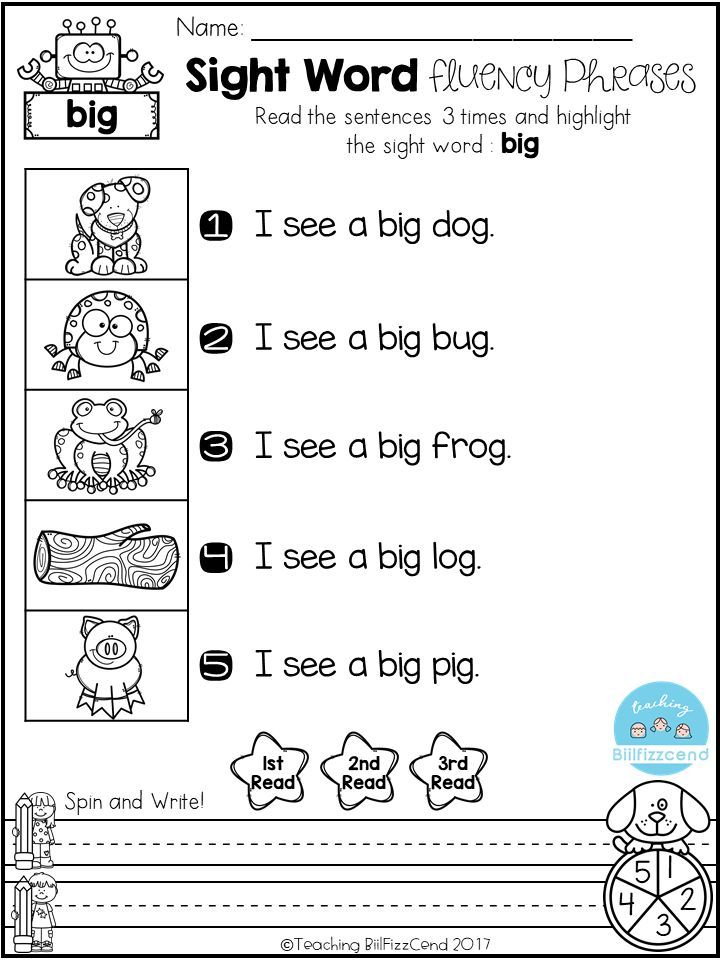
What to do?
Troubles should grow like a snowball - gradually, eventfully and reasonably. It is desirable - the troubles should follow one from the other, even more desirable - so that in the end one Big Trouble (the same snowball) will turn out from which the hero will courageously get out. And even more desirable - that the troubles follow from the intrigue and the idea of the work, and not for the sake of beauty they sign.
The same goes for the abundance of riddles and mysteries. To begin with, one interesting mystery is enough, solving which the hero will find answers to questions from the past, skeletons in other people's closets, and new small riddles. Of course, it is desirable that all this work at least for the development of the plot.
Collection of articles "About Heroes and Characters"
Do you like the articles on the School of Inspiration website?
We have collected the best of them in several collections.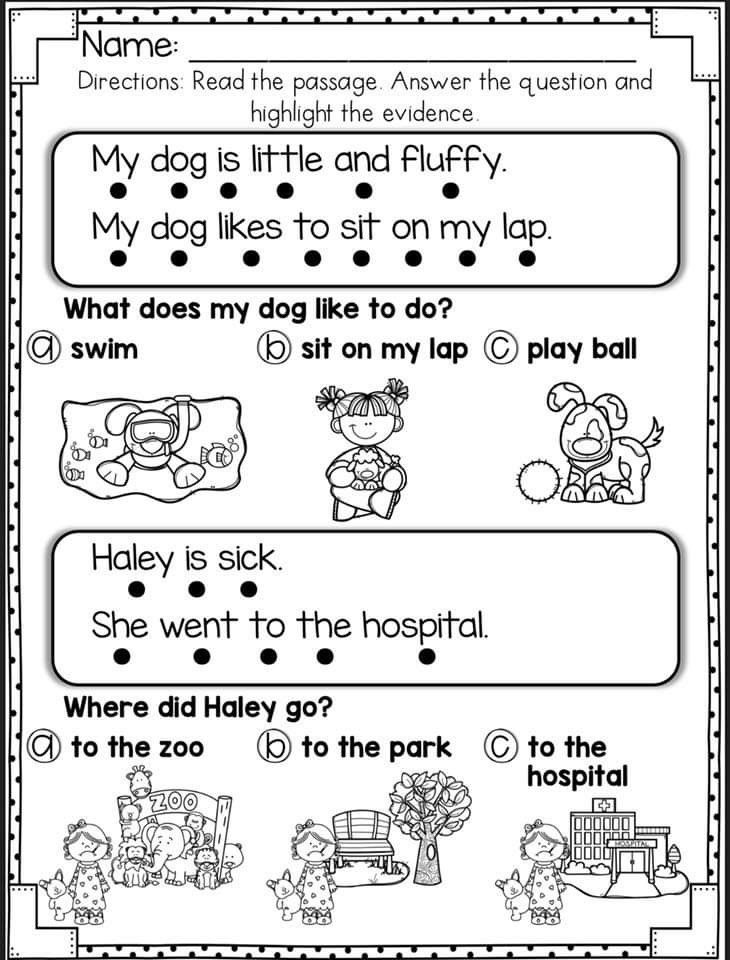 This one includes articles that tell from beginning to end about the work on the images, characters and heroes of the book. Some texts are not yet on the site and they will not appear soon.
This one includes articles that tell from beginning to end about the work on the images, characters and heroes of the book. Some texts are not yet on the site and they will not appear soon.
Buy collection
4. Lack of intrigue and idea. And - lack of interest.
Also common. The hero goes from somewhere and somewhere, it is not clear why they attack him, he fights back and lies wounded at the forest witch in order to go somewhere again. Where? For what purpose? Why is the hero so interesting, why should readers watch him? Do robbers or mercenaries attack, because the hero really interferes with someone? And who, after all, is this witch, why is she, young and beautiful, living alone in the forest?
If the beginning of your story is something like this, and you can hardly imagine what will happen next, what is the basis of the intrigue, what is the idea, and your hero wanders around the world like a hedgehog in a fog ... Then at least deprive him of his memory and surround him with mysterious events! For example, he wanders along the road on foot, and is dressed like an aristocrat, and the ring on his finger is mysterious, and the mole on his cheek resembles a sign, and fire whips out of his eyes in a rage.